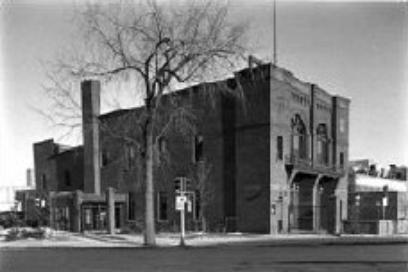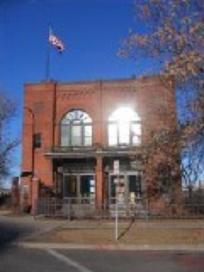Fire Station 19 is an excellent example of late 1800s firehouse design. Lieutenant Louis Rober developed kittenball while working here, which evolved into American softball.
During the 1880s, Minneapolis grew rapidly. The city became the Upper Midwest center of milling, warehousing, and railroads. As industry expanded, the population also increased quickly. Municipal public services needed to expand to meet the needs of a growing community.
Nearby residents and business owners were concerned about fire protection and asked for a fire station. The situation became more dire after a fire destroyed the University of Minnesota’s Old Main in 1892. As a result, Fire Station 19 opened the following year.
This two-story, red brick building was built with two large engine door openings. This was one of the last Minneapolis fire stations to transition from horse-drawn to motorized engines. On the second story, there are two large arched window openings surrounded by corbelled brick. The building also has a decorative brick cornice with small corbelled arches. Originally, there was a tall bell tower on the southwest corner. It was later removed. The fire station closed in 1976.
Louis Rober served at this station from 1896 to 1906. During this time, Rober adapted the rules of baseball to create a sport called kittenball. It required less space, time, and equipment than baseball. Firemen played during their shifts when they had downtime. By 1900, a summer league of various fire station teams formed. Its popularity spread to playgrounds and ultimately led to the modern sport of softball.



